The UK is looking to improve the overland surveillance capability of the P-8 Poseidon aircraft it intends to purchase.
In November 2015, the UK announced its intention to order nine P-8 aircraft as part of the Strategic Defence and Security Review 2015.
The aircraft are to be based at RAF Lossiemouth, Scotland and be used to protect the UK’s nuclear deterrent and new aircraft carriers. The P-8s are also to perform search-and-rescue missions and conduct overland reconnaissance.
The information comes to light via a written response to a parliamentary question asked by Mr Kevan Jones (MP for North Durham):
“To ask the Secretary of State for Defence, what future ground surveillance capabilities his Department plans to develop for the P-8 Poseidon programme.”
The reply stated:
“The Ministry of Defence expects the P-8 Poseidon to be principally used in the Maritime Patrol Aircraft role, although it does have a limited overland surveillance capability.
We will be examining options to improve its overland capability but no plans are yet in place and no decisions have yet been taken.”
In 2010, Boeing proposed to replace the US Air Force’s Northrop Grumman E-8 Joint STARS fleet with a modified P-8 at the same cost Northrop Grumman proposed for re-engining and upgrading the E-8s. The proposed P-8 Airborne Ground Surveillance would integrate an AESA radar, and have ground moving target indicator and synthetic aperture radar capabilities.
The history of the aircraft dates back to June 2004, when the US Navy announced the selection of the Boeing multimission maritime aircraft, 737 MMA, and awarded a contract to Boeing for the system development and demonstration phase of the programme for the US Navy’s next-generation maritime surveillance aircraft. The aircraft was given the designation P-8A in March 2005.
Poseidon contains up to 7 crew computer consoles in its cabin, has an electro-optical and infrared sensor turret, a maritime surveillance radar and signal intelligence system. Its radar is capable of detection, classification and identification of ships, small vessels and surfaced submarines.
It also has coastal surveillance capability. The P-8 is fitted with advanced magnetic anomaly detection system for submarine tracking. The Poseidon can be used for search and rescue operations.
According to the US Navy, the aircraft in US service carries lightweight Raytheon Mk54 anti-submarine torpedoes. It may also carry other torpedoes, missiles, free-fall bombs, depth charges, mines, or sonbuoys in its weapon bay. Air-to-surface and air-to air missiles, such as Harpoon anti-ship missiles, SLAM or AGM-65 Maverick land attack missiles, and AIM-9 Sidewinders or AIM-120 AMRAAMs will be carried on the underwing hardpoints.
It is unclear whether the UK will have access to future ground-surveillance capabilities being developed for the P-8 but many expect it will.


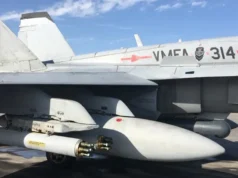

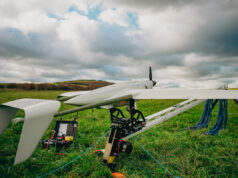
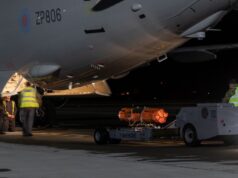
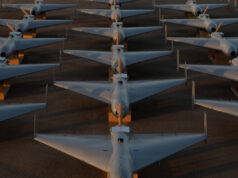
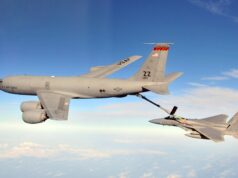
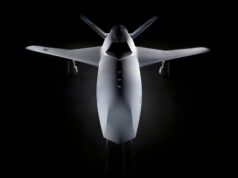

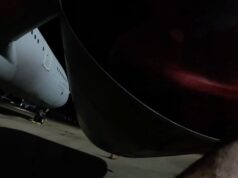
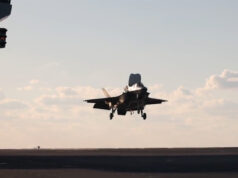

p8 good platform i loved the minrod but the deign was over 40 years old it was the old comet 2 but in all fairness i know we havent got a british made maritime aircraft but this posiedon p8 is a good unit will stand us british in good stead for many years and of course we can equip it with rolls royce engines
isn’t the P8 based on a 737? That nealy as old a s the comet!!.. should have persevered with nimrod mr4!!
I agree with Lawrence although the 737 in question is the -800 variant which is massively different to the first examples of the 737
They won’t put Rolls Royces on them. The CFM-56 are the most common engine ever produced for an aircraft this size. The reliability and parts availability for these engines are second to none. Also, sidescan JSTARS style radar are already flying on P-8 testbeds here in in Seattle.
Fair enough but I know the British they do like rolls Royce power
Nimrod is dead and rightly so now. The 737 we see underpin the P8 is a fundamentally modern airframe design in all respects – Nimrod 4 simply wasn’t despite its new wing – and that indeed was a fundamental part of its downfall
Amazing
Brace yourself for a huge price hike….
I hope it won’t end up like the Chinook saga ,still they have plenty of storage at Boscombe Down
I think the P8 and Rivet Joint projects (and the forthcoming Apache upgrades) are examples of the lessons learned from the Chinook saga. They’re all pretty much off-the shelf, rather than trying to produce UK-specific versions with all sorts of changes.
Bad news for UK industry of course, but the MoD arguably doesn’t have the cash to be a de-facto source of subsidy to British industry.
A beautiful plane
There goes the Sentinel!
I thought only the Indian version of the P8 carried the magnetic anomaly detector?
[…] year we reported that the UK is looking to improve the overland surveillance capability of the P-8 Poseidon aircraft […]